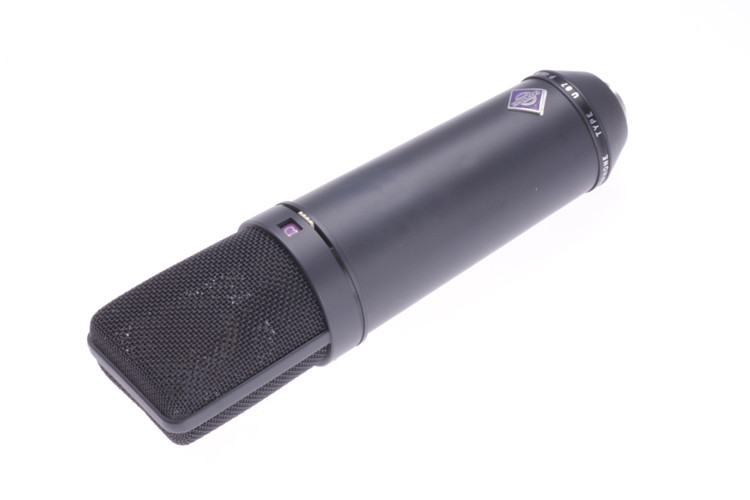
I found it interesting that the members of the listening panel had such different perceptions of these two mics. If you want to analyse these closely, open the AIFF files in your DAW, select a short phrase from each, gain-match them, and then compare. The Vocal samples are RMS matched to within 1/10 dB - and yet phrase-for-phrase there are audible level differences. George sang a chorus from “Waiting for a Star to Fall,” a 1988 Billboard hit from George’s duo, Boy Meets Girl. Downsampling (to 44.1 kHz), bit-reduction (to 16-bit), and format conversion (to MP3) were done in Bias Peak. We output 24-bit, 48 kHz AIFF files from Pro Tools. We adjusted preamp gain to produce equal signal levels from both mics in Pro Tools. The M-1 was run directly into the studio’s HD converters. The pads and filters on both mics were disabled. Transformer input (using Jensen JT-16-B transformers).

We went with the Hardy M-1, a 4-channel pre that meets all the required specifications: (Perhaps we’ll test that notion in a future episode.) For this test, however, we wanted a preamp with a transformer on the input, due to the widespread conviction that “Neumanns love transformers.” Typically we’d reach for a Millennia Media pre, as the sonics of the HV series gear are well-regarded. Otherwise you’d be hearing 10dB of color from the preamp on the U87i track, which would likely mask the subtle difference in the sound of the two microphones.įor this reason we sought a high-fidelity, neutral preamp. Signal Chainīecause the U87Ai’s output level is ~10dB hotter than the U87i’s, any comparison of these two mics requires a sonically neutral preamp. It also increased the signal-to-noise ratio by 3dB. The voltage change raised the microphone’s sensitivity significantly - from 8mV/Pa to 28mV/Pa (in Cardioid mode), which is worth about 10dB of output level. The ‘A’ revision replaced the battery pack with a DC-DC converter, allowing the mic to generate the 60V that the K67 capsule was designed for. In short, the original U87 had no DC-DC converter, and so the capsule was polarized at about 46V, which is all the 48V phantom power (or onboard battery pack) would provide. Our U87-vs-U87 shootout included sung vocals, voiceover, and acoustic guitar.


In this episode of The Microphone Show, we put a vintage Neumann U87i against the current production version of the mic, the Neumann U87Ai.


 0 kommentar(er)
0 kommentar(er)
